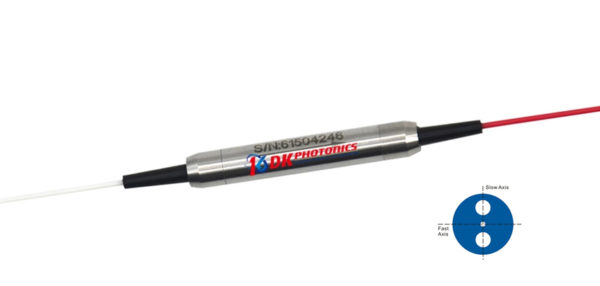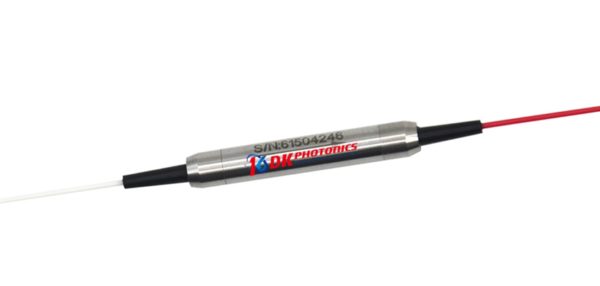Polarization maintaining isolator which ‘at times’ is also called fiber optic isolator and polarization maintaining optical isolator. It allows and keeps light to travel in one direction only. Its prime job is to prevent back reflection and backscattering in the reverse direction, for all states of polarization. In technical terms, the device is a two-port micro-optic isolator built with PM panda fiber. The isolator is commonly used in lasers, fiber optic systems, and amplifier systems. It actually prevents feedback which is not at all required in an optical oscillator.

Some devices in which this isolator is used
PM isolator is utilized all over the world majorly in communication systems, instrumentation applications, and polarization maintaining fiber-optic amplifiers. The isolator is also used in fiberoptic system testing and fiber-optic LAN system and CATV fiberoptic links.
Some of the many great features of these isolators
- High isolation capacity
- High Extinction Ratio
- High Return Loss
- Low Insertion Loss
Every fiber optic isolator has an optical fiber inside of it which is the most important component. Let’s now discuss how it works.
Optical fiber inside such isolators is a thin strand made of pure glass. It acts as a guide for the light wave over long distances by following the principle of ‘total internal reflection’. These are very effective when the light waves try to pass between two varying media.
The fiber inside these devices including polarization maintaining optical isolator is composed of two layers of glass – the core and the cladding. The core typically carries the actual signal of light and the glass layer surrounding the core is called cladding. In comparison to the core, the cladding has a lower refractive index. All of this causes total internal reflection successfully within the core.
What is transmitted over fiber?
Most fibers work in pairs where digital signals are encoded in light’s analog pulses preferably via the NRZ modulation – Non-Return to Zero. Since they operate in pairs, one is used to transmit while the other to receive, however, both signals can also be sent over a single stand.
Basic yet most used fiber types
- SMF – Single Mode Fiber
- MMF – Multi-Mode Fiber
The actual difference basically lies in the size of the core. SMF has an in-depth narrow core not more than 9µm which allows the propagation to just a single mode of light, whereas, MMF has a greatly wider core somewhere around 50µm and 62.5µm is also available on the market. MMF allows multiple modes of light to propagate. They both have their different characteristics along with their own pros & cons.

